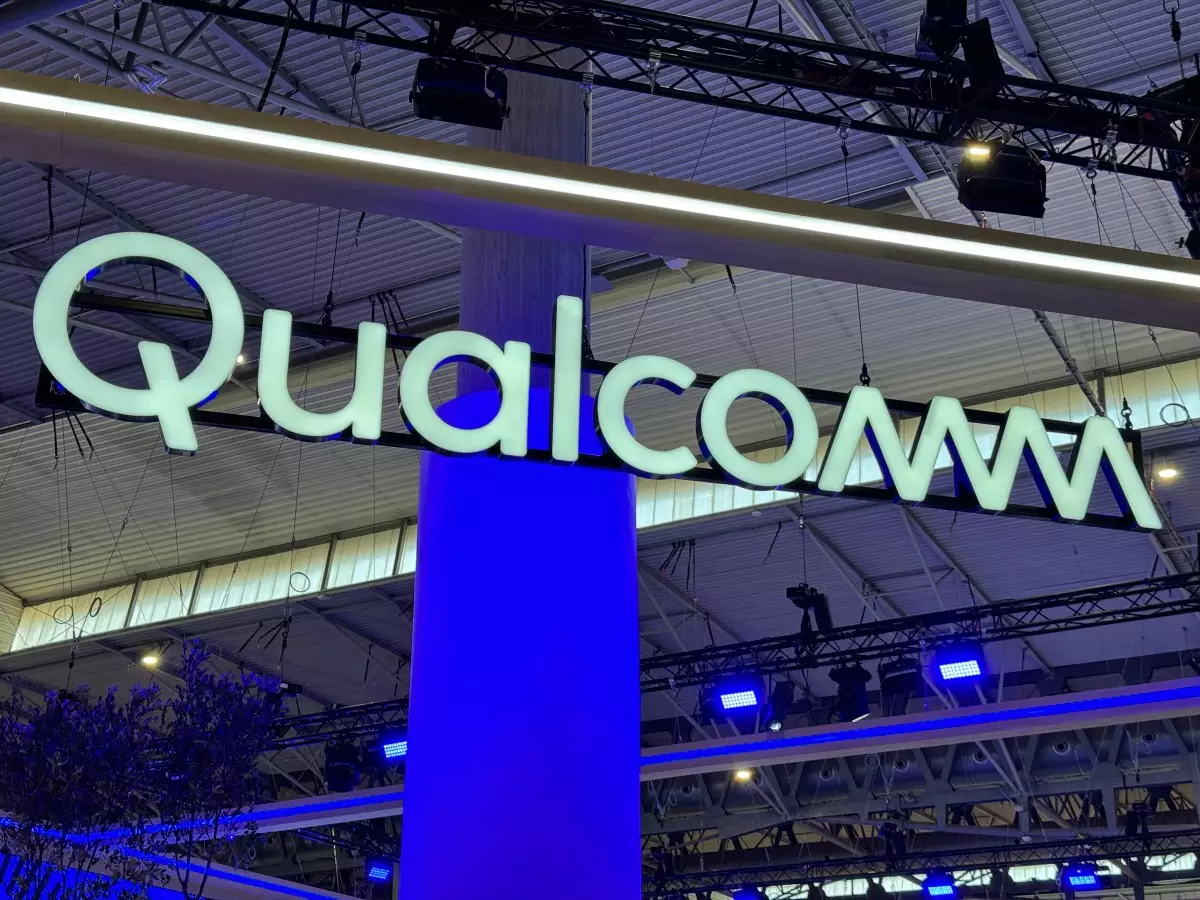Qualcomm’s recent acquisition of the generative AI division from VinAI highlights a significant milestone in the ever-evolving landscape of artificial intelligence. This strategic decision, although not disclosed in financial terms, reflects Qualcomm’s ongoing ambition to solidify its footprint in the AI sector. The move is particularly noteworthy given that VinAI, steered by Hung Bui, a former DeepMind research scientist, focuses on innovative AI technologies that span several applications, particularly in automotive solutions.
The significance of this acquisition cannot be overstated. With VinAI’s expertise in computer vision algorithms and language models, Qualcomm is poised to enhance its portfolio of AI solutions. Jilei Hou, Qualcomm’s Senior Vice President of Engineering, emphasized this point, articulating how the integration of VinAI’s talent will bolster Qualcomm’s capability to produce advanced AI tools. This is not merely a talent acquisition; it signifies Qualcomm’s intention to spearhead the next generation of AI innovation that could have a transformative impact across various industries.
Innovation Meets Application
Founded in 2019, VinAI has rapidly established itself as a pioneer in the realm of AI, especially within the automotive sector. By focusing on developing intelligent systems such as in-cabin monitoring and smart parking solutions, VinAI demonstrates a practical application of AI that addresses real-world challenges. Their collaboration with automotive manufacturers symbolizes a forward-thinking approach to enhancing user experience and ensuring safety through technology.
In an age where AI’s potential seems boundless, the integration of sophisticated generative AI technologies can redefine product functionalities, enabling smarter resource management and enhancing user accessibility. Bui, the CEO of VinAI, projected that the firm’s expertise would substantially impact Qualcomm’s product lines, particularly in smartphones and vehicles. This collaboration could lead to breakthroughs that radically change how consumers interact with technology, hence altering the societal landscape.
Building a Robust AI Ecosystem
Furthermore, the acquisition aligns seamlessly with Qualcomm’s strategic direction toward developing edge AI—a paradigm that thrives on running AI applications on local devices, independent of centralized data centers. This aspect is crucial as it enhances efficiency and privacy while reducing latency. CEO Cristiano Amon’s depiction of edge AI as a “tailwind” for Qualcomm illustrates the company’s foresight into the future of computing. By capitalizing on these trends, Qualcomm positions itself not only to compete but to lead in a field dominated by rapid technological advancements.
The interplay between Qualcomm and VinAI underscores a burgeoning recognition that innovation within AI cannot solely rely on traditional technological advancements. By acquiring companies that offer unique solutions and fostering partnerships, tech giants can accelerate their growth and adapt to the continuously shifting demands of the market. Thus, Qualcomm is not just acquiring a company; it is embedding itself deeper into the fabric of AI evolution, setting the stage for innovations that could reshape industries.
As Qualcomm and VinAI embark on this journey together, the implications of their partnership extend beyond immediate technological output. They herald a future where AI’s potential is not just realized but leveraged to enhance everyday life, reflecting a profound understanding of how technology can serve societal needs effectively.

